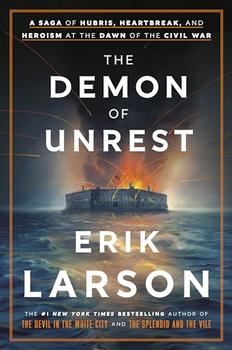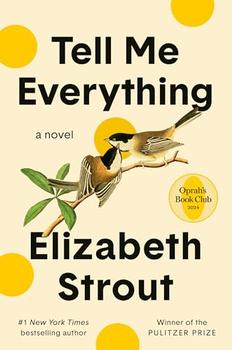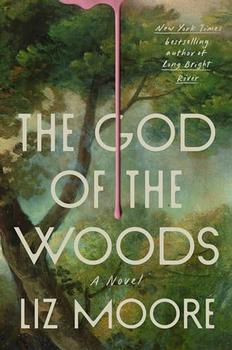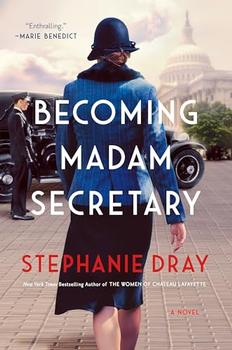Summary | Excerpt | Reviews | Readalikes | Genres & Themes | Author Bio

How Sexual Choice Shaped the Evolution of Human Nature
by Geoffrey F. MillerCentral Park
Central Park divides two of Manhattan's greatest treasure collections. On the West Side stands the American Museum of Natural History, with its dinosaur fossils, stuffed African elephants, dioramas of apes, and displays of ancient human remains. On the East Side stands the Metropolitan Museum of Art, with its Rembrandt self-portraits, peacock-shaped sitar, gold rapiers, Roman temple, Etruscan mirrors, and Jacques Louis David's Death of Socrates.
These works symbolize our unique human capacities for art, music, sports, religion, self-consciousness, and moral virtue, and they have troubled me ever since my student days studying biology at Columbia University. It was easy enough for me to take a taxi along the West Seventy-ninth Street transverse (the natural history museum) to East Eighty-first Street (the Met). It was not so easy for our ancestors to cross over from the pre-human world of natural history to the world of human culture. How did they transform themselves from apes to New Yorkers? Their evolutionary path seems obscure.
Yet we know there must have been a path. The human mind evolved somehow. The question scientists have asked for over a century is: How? Most people equate evolution with "survival of the fittest," and indeed most theories about the mind's evolution have tried to find survival advantages for everything that makes humans unique. To extend the metaphor, one kind of theory suggests our problem was not following the transverse to a collection of decorative arts, but traveling a different route to some useful inventions. Perhaps the human mind evolved for military prowess, symbolized by the Sea-Air-Space Museum on the aircraft carrier USS Intrepid, docked at Pier 86. Or perhaps our minds evolved for reciprocal economic advantage, symbolized by the World Trade Center and Wall Street, or through a thirst for pure knowledge, as housed in the New York Public Library. The survival advantages of better technology, trade, and knowledge seem obvious, so many believe the mind's evolution must have been technophilic and survivalist.
Ever since the Darwinian revolution, this survivalist view has seemed the only scientifically respectable possibility. Yet it remains unsatisfying. It leaves too many riddles unexplained. Human language evolved to be much more elaborate than necessary for basic survival functions. From a pragmatic biological viewpoint, art and music seem like pointless wastes of energy. Human morality and humor seem irrelevant to the business of finding food and avoiding predators. Moreover, if human intelligence and creativity were so useful, it is puzzling that other apes did not evolve them.
Even if the survivalist theory could take us from the world of natural history to our capacities for invention, commerce, and knowledge, it cannot account for the more ornamental and enjoyable aspects of human culture: art, music, sports, drama, comedy, and political ideals. At this point the survivalist theories usually point out that along the transverse lies the Central Park Learning Center. Perhaps the ornamental frosting on culture's cake arose through a general human ability to learn new things. Perhaps our big brains, evolved for technophilic survivalism, can be co-opted for the arts. However, this side-effect view is equally unsatisfying. Temperamentally, it reflects nothing more than a Wall Street trader's contempt for leisure. Biologically, it predicts that other big-brained species like elephants and dolphins should have invented their own versions of the human arts. Psychologically, it fails to explain why it is so much harder for us to learn mathematics than music, surgery than sports, and rational science than religious myth.
I think we can do better. We do not have to pretend that everything interesting and enjoyable about human behavior is a side-effect of some utilitarian survival ability or general learning capacity. I take my inspiration not from the Central Park Learning Center on the north side of the transverse but from the Ramble on the south side. The Ramble is a 37-acre woodland hosting 250 species of birds. Every spring, they sing to attract sexual partners. Their intricate songs evolved for courtship. Could some of our puzzling human abilities have evolved for the same function?
Excerpted from The Mating Mind by Geoffrey Miller Copyright© 2000 by Geoffrey Miller. Excerpted by permission of Doubleday, a division of Random House, Inc. All rights reserved. No part of this excerpt may be reproduced or reprinted without permission in writing from the publisher.




Your guide toexceptional books
BookBrowse seeks out and recommends the best in contemporary fiction and nonfiction—books that not only engage and entertain but also deepen our understanding of ourselves and the world around us.